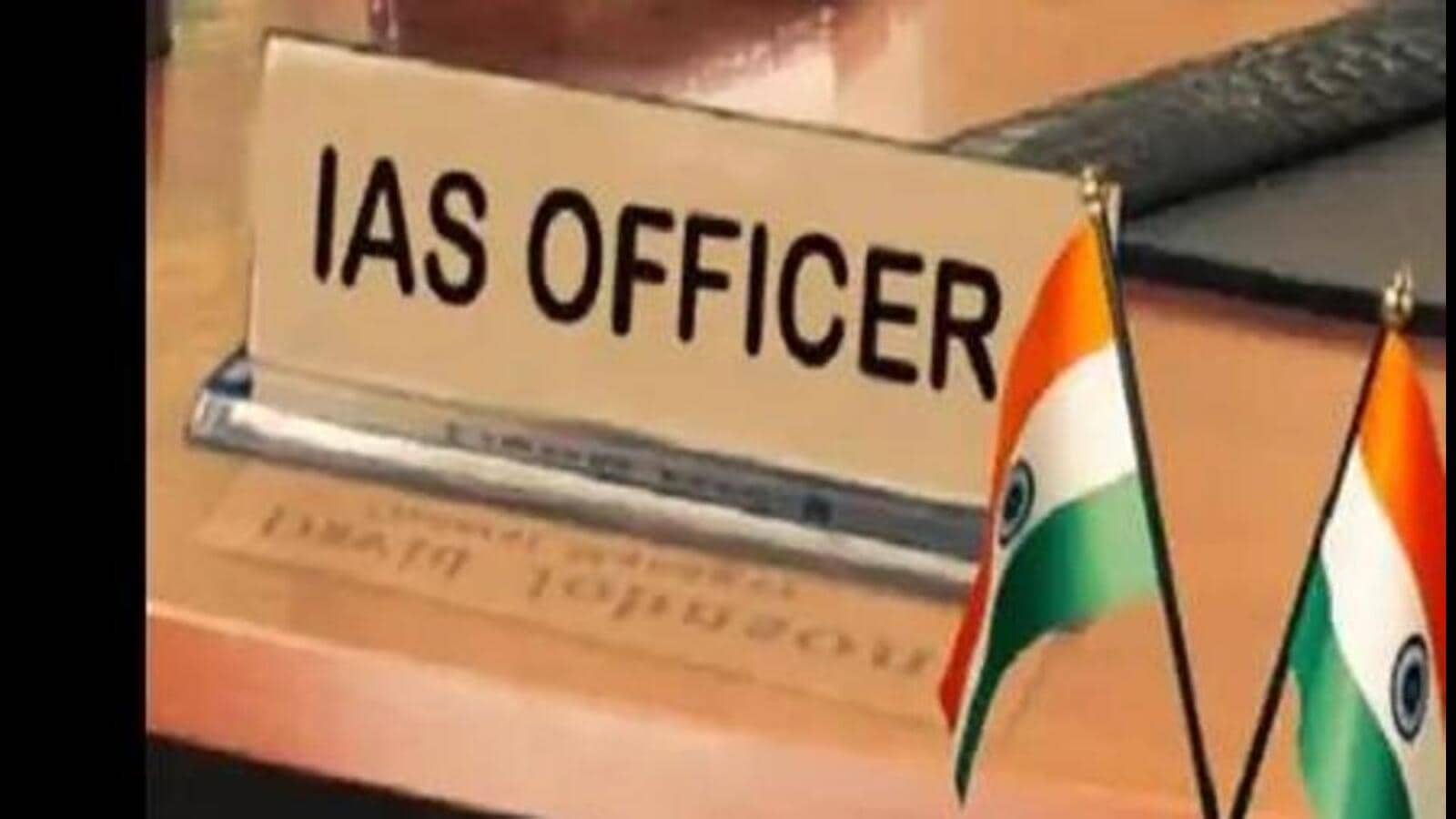
How to Become an IAS officer
- Education
- July 18, 2022
- No Comment
- 364
In order to become an IAS officer, the first step for the candidates is to clear the Civil Service Examination (CSE) held by the Union Public Service Commission or UPSC. These exams are known to be the toughest exam in India. The UPSC CSE exam is categorized into three parts namely: Prelims, Mains, and Personality Test or Interview. Let’s dig deeper to know how to become an IAS Officer. There’s an eligibility criterion to appear for this exam. Also, it is suggested to know the exam pattern of all the three types of exam levels beforehand to start your preparations accordingly.
Eligibility Criteria for UPSC examination
- It is compulsory for a candidate to be a citizen of India.
- The age limit for the candidates is between 21 to 32 years. The age limit for OBC candidates is 35 years and for ST/SC category it is 37 years.
- The candidate should have graduated from a recognized university.
Exam Pattern of UPSC examination
Prelims Exam
The Preliminary exam includes Objective type questions. The Paper is 200 marks and with a time duration of 2 hours. There is also a negative marking of 0.33 marks on each wrong answer. The Prelims exam contains two papers: Paper 1 comprises questions based on Indian history, Politics, and Current Affairs; Paper 2 or Civil Service Aptitude Test(CSAT) checks the analytical ability and logical reasoning of the candidates.
Mains Exam
Only after qualifying for the prelims exam, candidates can sit for the main examination.
The main exam indulges in a descriptive type of questions. There are a total of 9 papers in the main examination. Paper A consists of one Indian language of 300 marks, Paper B is the English language paper of 300 marks, Paper 1 includes an essay of 250 marks, Paper 2 or General Studies 1 comprises of 250 marks, Paper 3 or General Studies 2 is also of 250 marks, Paper 4 or General Studies 3 is of 250 marks, Paper 5 or General Studies 4 is also of 250 marks. Paper 6 or Optional Paper 1 is a paper of 250 marks, Paper 7 or Optional Paper 2 also comprises 250 marks.
Personality test or Interview
After clearing the Mains examination, the candidates proceed to the personality test. Here, the candidates are summoned with questions based on their logical thinking and analytical reasoning.
What is the CSAT Examination 2022?
The full form of CSAT is the Civil Services Aptitude Test. It is the second paper of UPSC Prelims. The Union Public Service Commission refers to the CSAT exam as General Studies 2 or Paper 2.
Exam Pattern of CSAT
- The CSAT exam contains 80 Multiple Choice Questions.
- Time duration: 2 hours.
- Negative marking of 1/3rd of the marks of the question.
- The CSAT paper is conducted in offline mode.
- Hindi and English are the medium of the CSAT paper.
- The CSAT paper is 200 marks.
- The minimum qualifying mark for the CSAT paper is 66 marks.
Prelims CSAT Syllabus
The prelims CSAT Syllabus involves the following topics:
- Communication skills and interpersonal skills.
- Analytical ability and logical reasoning.
- Problem-solving and decision-making.
- Basic mental ability.
- Basic numeracy( what are numbers and their relations, some orders of magnitude, and so on up to class 10 level, Data Interpretation ( tables, charts, data Sufficiency, and graphs up to class 10 level.
Books for Prelims CSAT paper
- CSAT Paper 2 Manual written by TMH.
- Non-verbal and Verbal reasoning written by R.S Agarwal.
- Analytical Reasoning is written by M.K Pandey.
CSAT Strategy for UPSC 2022 examination
The CSAT should not be taken lightly because of its qualifying nature. The candidates should emphasize learning general English and enhance their maths skills. The aspirants who have chosen the humanities streams and who have not been in touch with maths should start the preparation by working on them. After completing the syllabus of CSAT, it is mandatory for the aspirants to practice CSAT Questions with a time limit of 2 hours. Otherwise, you will be not able to complete the exam on time. It is said that the questions from Logical Reasoning and Data Interpretation, etc are comparatively easy but it is recommended to practice the same as well.






